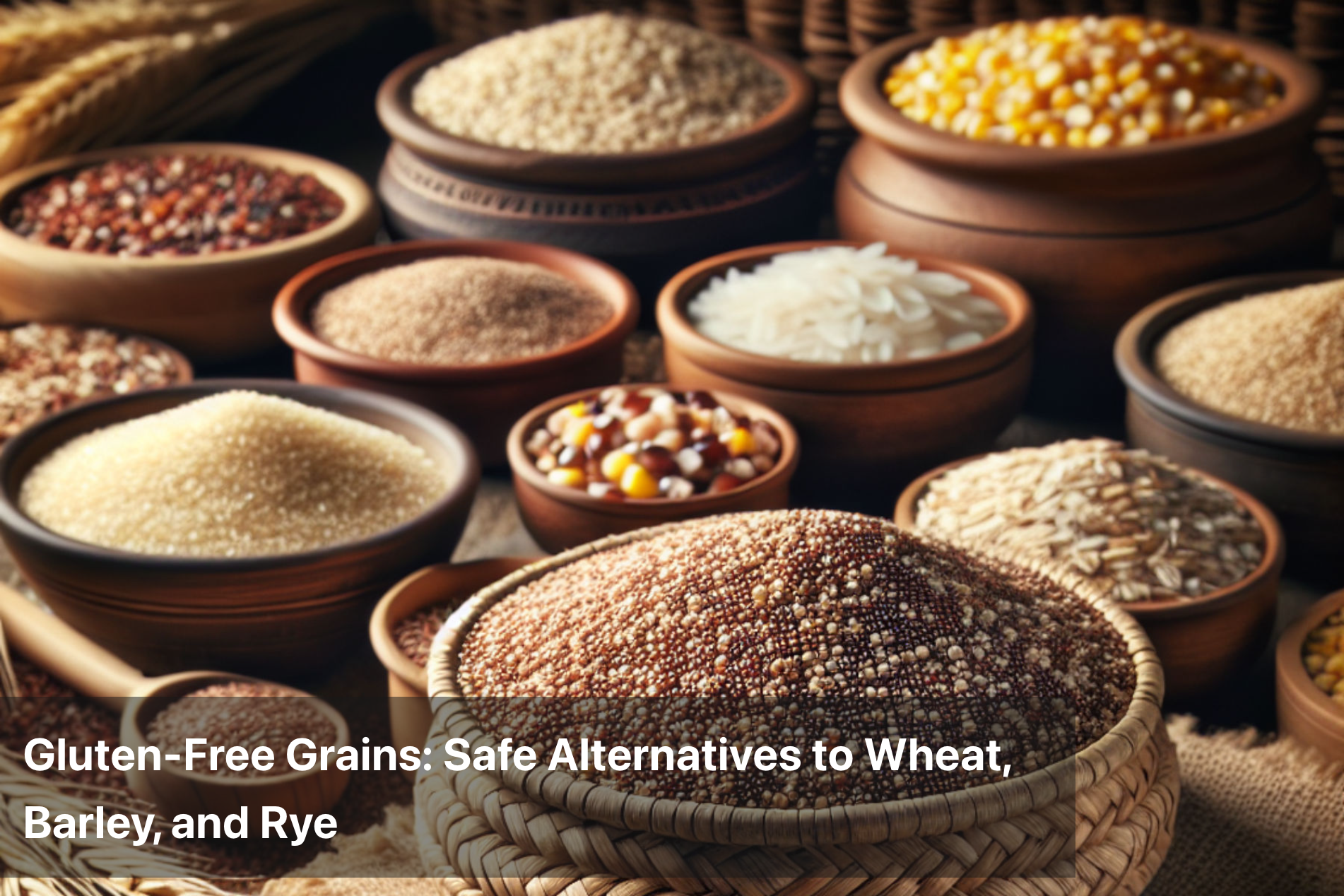
Gluten-Free Grains: Safe Alternatives to Wheat, Barley, and Rye
For individuals with celiac disease, gluten intolerance, or wheat allergy, removing gluten from the diet is not a choice—it’s a necessity. Gluten is primarily found in wheat, barley, and rye, three staples of the modern diet. Eliminating these grains can feel overwhelming at first, especially given their widespread use in everything from bread and pasta to sauces and snacks. Fortunately, nature offers a variety of nutrient-dense, gluten-free grains that can seamlessly replace traditional gluten-containing staples while adding flavor, texture, and health benefits.
Adopting gluten-free grains not only helps manage gluten-related conditions but also adds diversity and nutritional richness to meals. These grains are packed with fiber, protein, vitamins, and minerals, supporting digestive health, stable energy, and overall well-being.

Why Avoiding Gluten Isn’t Enough Without Suitable Replacements
Simply removing gluten-containing grains without replacing them can lead to nutritional gaps and dietary imbalances. Wheat and its relatives are common sources of B vitamins, iron, and dietary fiber. Without proper alternatives, individuals may experience low energy, digestive issues, or deficiencies over time.
Gluten-free grains offer more than just safety—they bring in a spectrum of health benefits. Including these in the daily diet supports satiety, metabolic balance, and improved gut function, especially when combined with whole foods and plant-based proteins.
Causes and Symptoms That Lead to a Gluten-Free Diet
Some individuals turn to gluten-free grains due to specific medical conditions:
-
Celiac Disease: A chronic autoimmune condition where gluten damages the small intestine lining, leading to nutrient malabsorption, anemia, fatigue, and gastrointestinal issues.
-
Non-Celiac Gluten Sensitivity: Triggers symptoms like bloating, headaches, and brain fog without the immune response of celiac disease.
-
Wheat Allergy: Involves an allergic reaction to wheat proteins, including gluten, which can cause rashes, breathing issues, and digestive discomfort.
Symptoms prompting a switch to gluten-free alternatives may include persistent bloating, joint pain, skin rashes, chronic fatigue, or mood disturbances. Replacing gluten-containing grains with safer options helps reduce inflammation and digestive discomfort while promoting long-term health.
Top Gluten-Free Grains and Their Nutritional Benefits
Incorporating a variety of naturally gluten-free grains into meals ensures nutritional adequacy and keeps meals interesting. Many of these grains are rich in fiber, antioxidants, and plant-based protein, making them ideal for a balanced gluten-free lifestyle.
|
Gluten-Free Grain |
Nutritional Highlights |
Best Uses in Cooking |
|---|---|---|
|
Quinoa |
Complete protein, high in iron and magnesium |
Salads, stir-fries, pilafs, breakfast bowls |
|
Millet |
High in fiber, B vitamins, magnesium |
Porridge, flatbreads, khichdi, upma |
|
Brown Rice |
Rich in selenium, fiber, and antioxidants |
Side dishes, rice bowls, soups, curries |
|
Buckwheat |
High in rutin, a heart-healthy antioxidant |
Pancakes, noodles, dosa-style crepes |
|
Amaranth |
Calcium-rich, anti-inflammatory compounds |
Porridge, energy bars, flour blends |
|
Teff |
High in iron, protein, and resistant starch |
Injera (flatbread), porridges, baked goods |
|
Sorghum (Jowar) |
Gluten-free, rich in antioxidants and iron |
Rotis, idlis, baked snacks, grain salads |
|
Corn (Maize) |
Good source of vitamin C and fiber |
Polenta, tortillas, popcorn, cornmeal muffins |
These grains can be combined with legumes and vegetables to create complete, satisfying meals that meet dietary requirements for people avoiding gluten.
The Importance of Food Label Literacy in a Gluten-Free Diet
Even when choosing naturally gluten-free grains, cross-contamination during processing is a concern. Many grains are processed in the same facilities as wheat or barley, which can introduce trace amounts of gluten.
Learning to read food labels is critical for those with gluten-related conditions. Look for certifications such as “Certified Gluten-Free” and check the ingredient list for hidden sources of gluten. Phrases like “may contain wheat” or “processed in a facility that also handles gluten” should be taken seriously by people with celiac disease or severe sensitivity.
For packaged flours or grain mixes, avoid ingredients like malt extract, wheat starch, or modified food starch unless labeled gluten-free. Lofoods offers lab-tested, gluten-free alternatives that are safe, convenient, and ideal for everyday use.
Digestibility and Cooking Considerations for Gluten-Free Grains
Each gluten-free grain has its own texture, flavor, and preparation needs. For those transitioning from wheat-based meals, understanding the best ways to cook and combine these grains can ease the adjustment.
-
Quinoa should be rinsed before cooking to remove saponins, which can cause bitterness. It cooks quickly and fluffs up like couscous.
-
Millet and amaranth have a nutty flavor and work well as creamy porridges or grain bases for savory dishes.
-
Buckwheat flour can be mixed with rice or chickpea flour to improve texture in baking or dosa batter.
-
Teff is extremely fine and can be used to add a nutritional boost to smoothies, porridges, or baked goods.
Combining grains with spices, herbs, and vegetables enhances both taste and digestibility. Cooking with homemade bone broth or vegetable stock adds depth and extra nutrients.
Environmental and Cultural Relevance of Gluten-Free Grains
Many gluten-free grains are rooted in traditional diets across cultures and are more environmentally sustainable than refined wheat. Millet, sorghum, and amaranth are drought-resistant crops that grow well in arid climates, making them ideal for promoting food security in regions facing water scarcity.
Reviving these traditional grains also helps preserve biodiversity and supports local agriculture. Choosing grains like ragi (finger millet), jowar (sorghum), and bajra (pearl millet) not only supports health but also contributes to sustainable food systems.
Sample Gluten-Free Whole-Grain Meal Plan
Here is a simple one-day meal plan using gluten-free grains for balanced nutrition:
|
Meal |
Menu Example |
|---|---|
|
Breakfast |
Amaranth porridge with almond milk, flaxseeds, and fresh fruit |
|
Mid-Morning |
Handful of roasted jowar puffs or a teff-based energy bar |
|
Lunch |
Quinoa khichdi with moong dal, carrot, and green peas |
|
Snack |
Buckwheat pancakes topped with nut butter and honey |
|
Dinner |
Millet roti with sautéed spinach and chickpea curry |
This meal plan offers a variety of nutrients while being naturally gluten-free, fiber-rich, and suitable for both adults and children.

Conclusion: Embracing Gluten-Free Grains for Better Living
Eliminating gluten from the diet doesn’t mean sacrificing variety, taste, or nutrition. Gluten-free grains provide safe, wholesome alternatives to wheat, barley, and rye while delivering essential nutrients, fiber, and long-lasting energy. Incorporating these grains into everyday meals supports gut health, prevents deficiencies, and makes gluten-free eating more enjoyable and sustainable.
Whether you're managing a gluten-related condition or simply exploring new grains, adding these naturally gluten-free options to your diet is a step toward better health and conscious living.
This Blog post is an initiative by Lo! Foods, to provide accurate and Nutritionist / Doctor approved information related to Health. Lo! Foods is India's leading brand for Everyday Functional Foods. Foods designed for specific Health conditions or Needs. Lo! Foods also runs India's largest range of Low Carb Healthy Cloud Kitchens, under the brand names of Lo!, ProteinChef, ATH (All Things Healthy) and DiabeSmart.



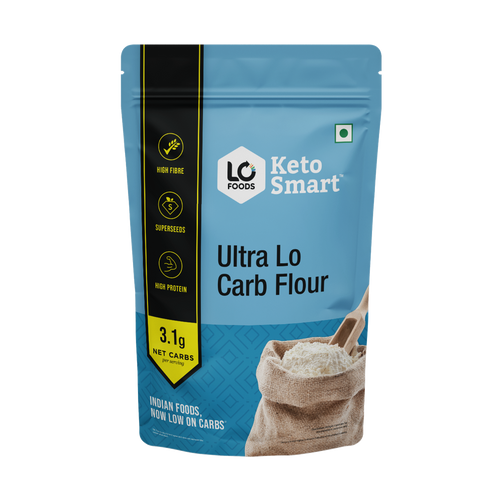
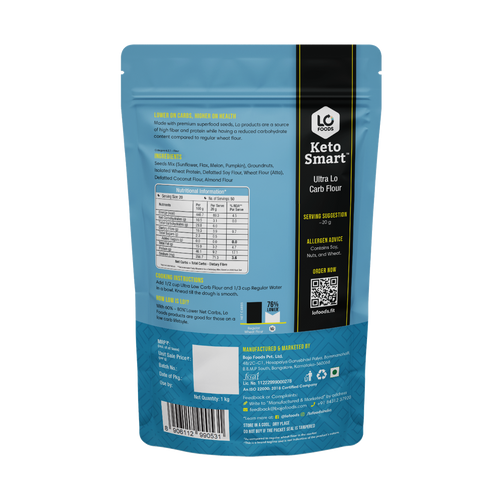

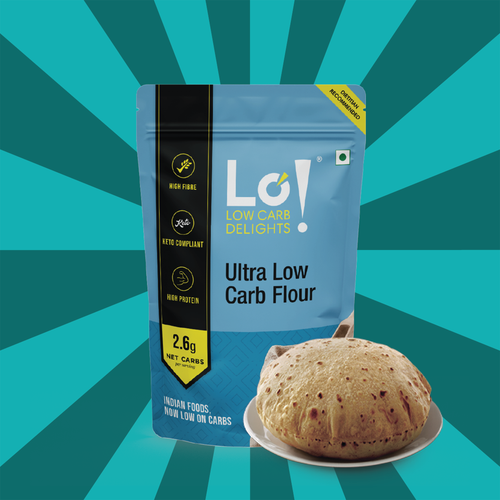


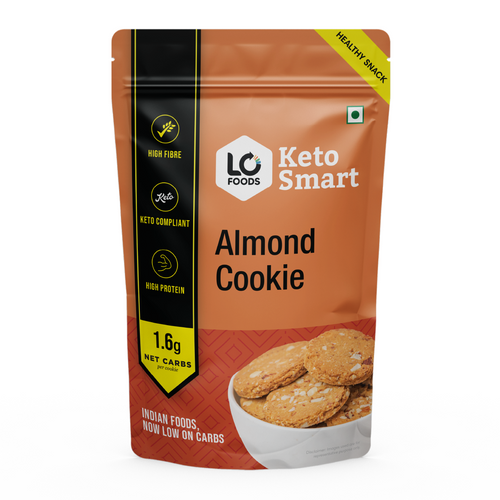



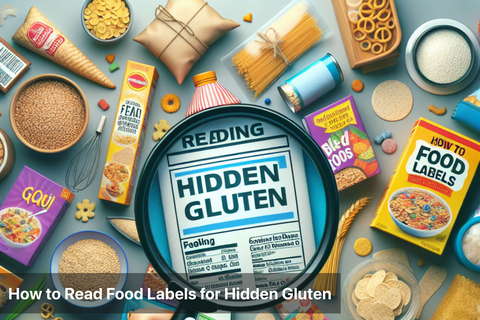
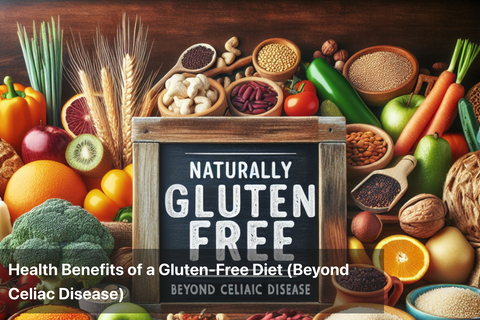
Leave a comment
Your email address will not be published.